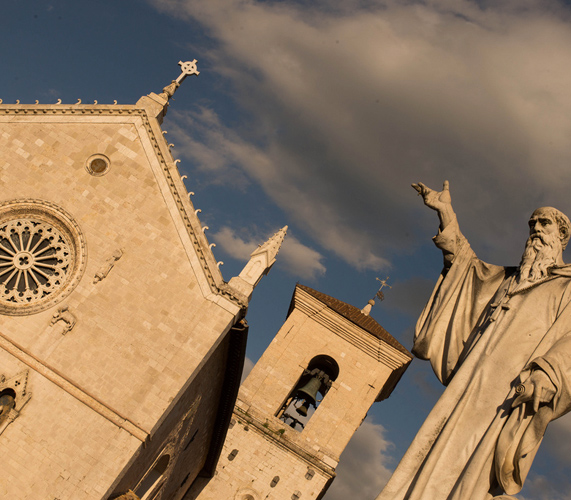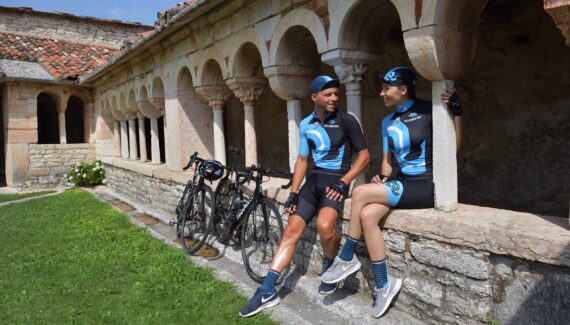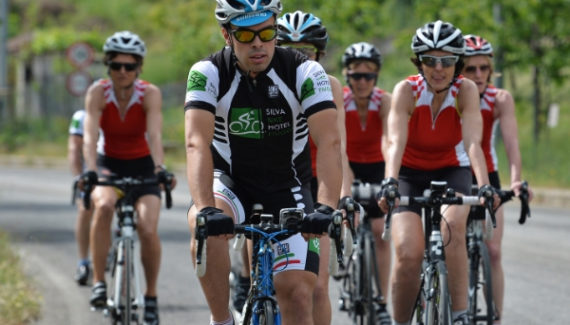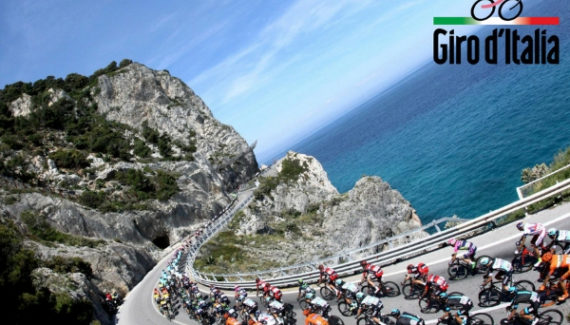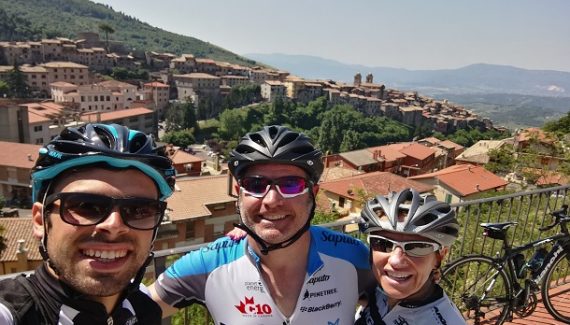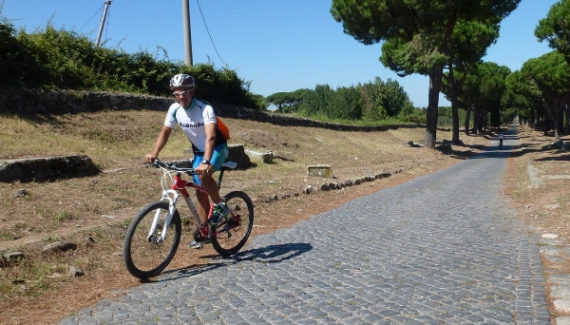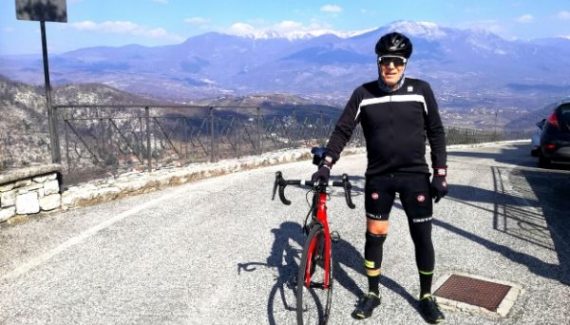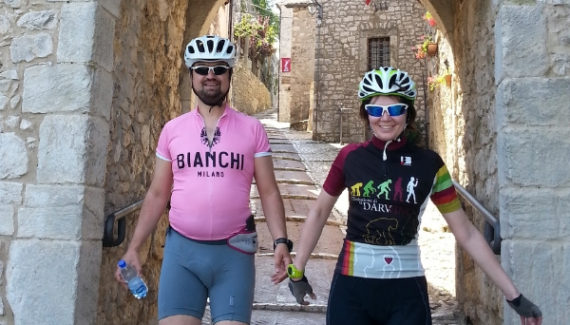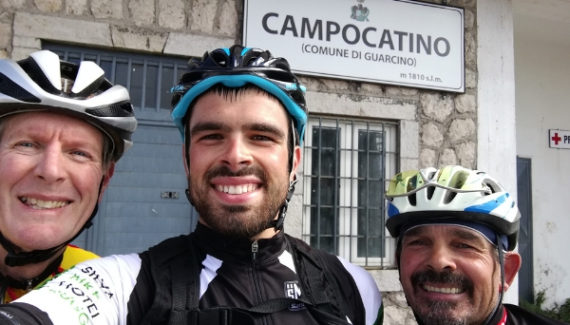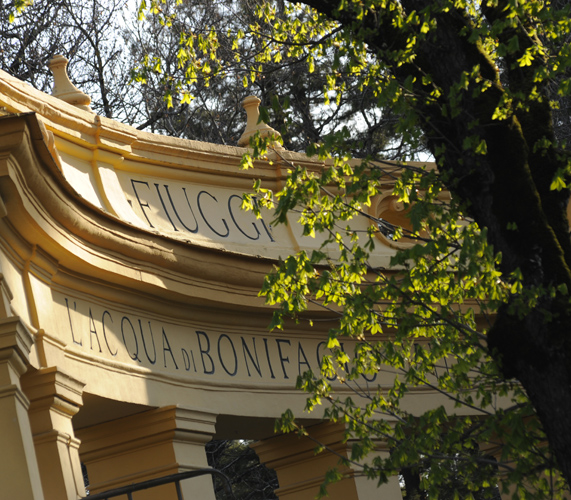

Fiuggi & Ciociaria
Great and solemn country, which surrounds with solitary diffusion of memories, the divine Rome
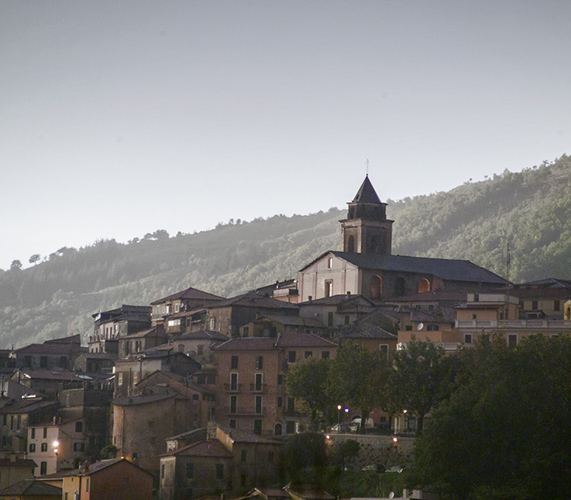
![]()
These are the words the Poet Giosuè Carducci used to describe the area of Ciociaria.
Rich with fortress walls, Roman arches, churches and abbeys, medieval boroughs and breath-taking landscapes, this area offers many reasons to visit.
On the north of Ciociaria, you will find Fiuggi, a city known for its thermal waters, surrounded by nature at 700 m above sea level. The therapeutic use of Fiuggi’s waters was known even during the times of Pliny, but the earliest records of this use of the water is in the Middle Ages, as noted in the Vatican City archives. The archives note that Pope Boniface VIII benefited from the healing power of these waters with Michelangelo Buonarroti, the artist, who recovered from kidney stones. The thermal waters complex stands at the base of the town set against oak, chestnut and pinewood trees. It is made of two hydrothermal springs: Boniface VIII’s spring and the Anticolana Spring. In the historical center of town you will admire elegant old buildings and churches, as well as the Town Hall Palace and the Town’s Theatre.
Not far from Fiuggi, 10 km away, you will discover the magnificent Cathedral of Anagni, an elegant and balanced combination of the Romanesque and Lombard styles. On the main façade, in Romanesque style, three portals open up, the central of which is capped by a classic decoration with Byzantine influences. Detached from the body of the church is a massive bell tower with five rows of divided openings with one, two or three lights. On the right side of the nave, there is an entrance to a crypt, a real treasure of this Church. Thanks to the picture quality and the complexity of the themes of the frescoes covering its walls, it has been considered one of the most important paintings of medieval art and is called “The Sistine Chapel of Medieval Era.” Alatri still has some of the most imposing surrounding walls of the pre-Roman era and has been name over the centuries as the town of “Cyclops.” The walls, which date from the 4th century B.C., surround the whole area of the Acropolis, accessible through two gateways: Porta Maggiore, capped by a huge monolithic architrave, and Porta Minore, which bears three phallic symbols of fertility and protection of the ancient Ernici community.
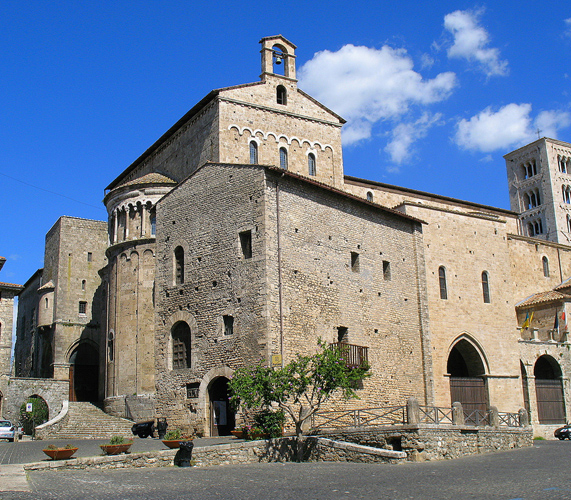
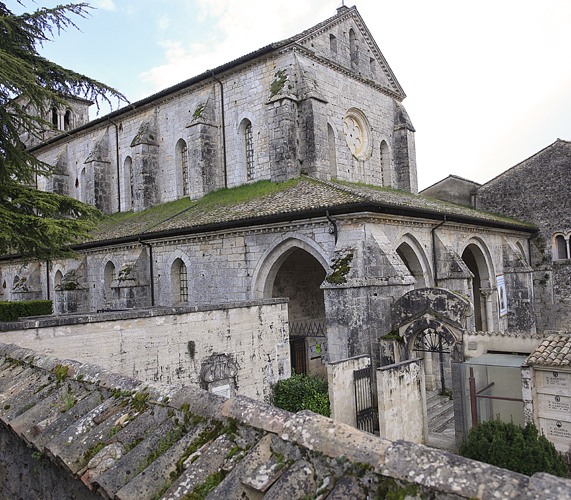
The abbey of Casamari, in Veroli, rises majestically on the remains of Ceretae Marianae, an ancient Roman town, where the famous commander Caius Marius was born. Destroyed by a barbarian invasion, the place was abandoned until 1096, when four Benedictines monks built the first settlement that was later enlarged. In 1203, the Cistercian monks built a big church in Gothic-Cistercian style. In this monastery you can visit the Cloister, a place where the monks pray, the Chapter Hall, the Refectory, the Library and the museum with a gallery of paintings.
The Chartreuse of Trisulti, at an altitude of 800 m above sea level, is a splendid monastic complex in the middle of a natural setting. The Church, with a neoclassical front, has a chamber plant and it is divided into two sectors by a screen. The fame of this monastery is partly due to the presence of a beautiful pharmacy, frescoed with Pompey’s themes by the painter G. Manco, and decorated by artistic glass-cases, still showing the glass containers that held the medicines.
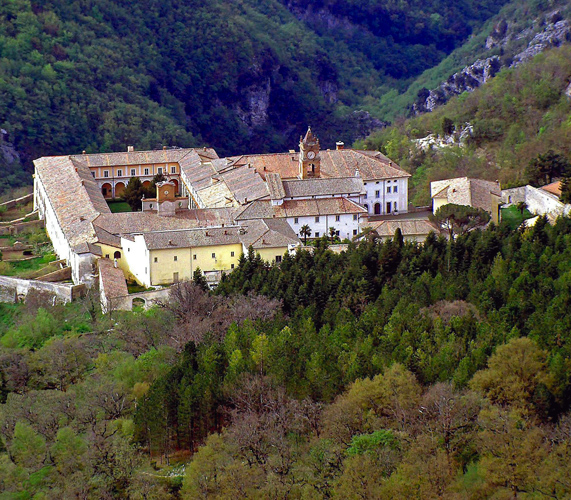
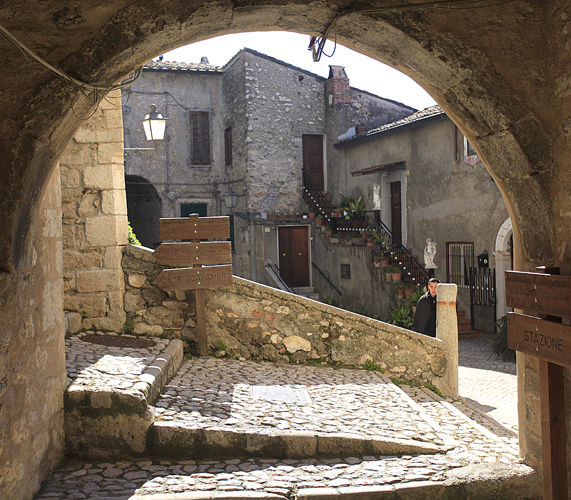
Fumone is a medieval village rich in charm. The whole urban area was created for defensive purposes and the medieval houses encircle this castle-fortress, transformed into a noble residence by Cardinal Longhi in 1500. The story of the castle is linked to the death of Pope Celestino V, who was imprisoned here by his rival Pope Boniface VIII. On the roof there is a scenic hanging garden which is the largest in Europe (3500 square metres) at an altitude of 800 m above sea level.
At an altitude of more than 500 m, above the ancient Casinum, Benedict from Norcia built a small oratory in 529, on the remains of Roman temples, that has become the abbey of Montecassino.
It has been the motherhouse of the Benedictine monks and one of the greatest centers for the diffusion of culture in the western world. In its library is kept the “placito cassinese”, the first legal document written in common Italian. You enter the monastery through three large Renaissance cloisters that lead to the church. The austere front contrasts with the gorgeous multi-colored precious marbles and gilded stuccoes that decorate the church. Under the altar, a captivating crypt shelters the mortal remains of St. Benedict and his sister St. Scolastica.
